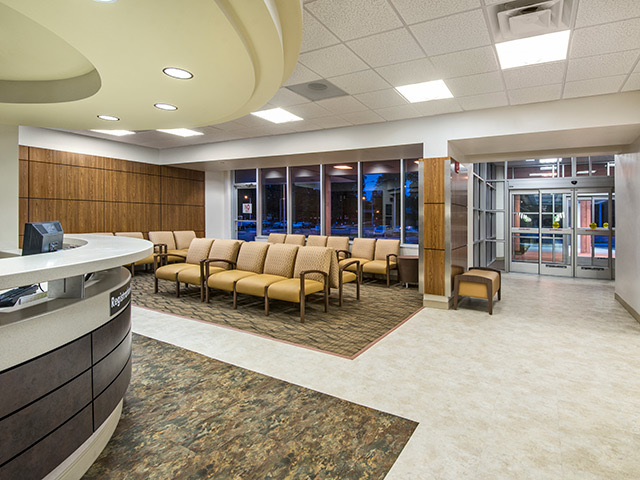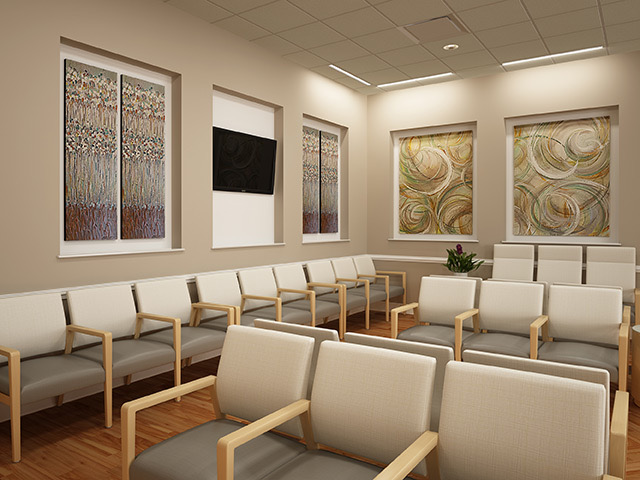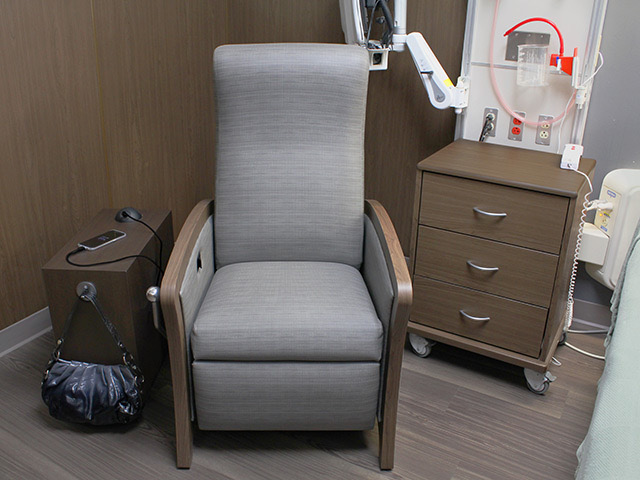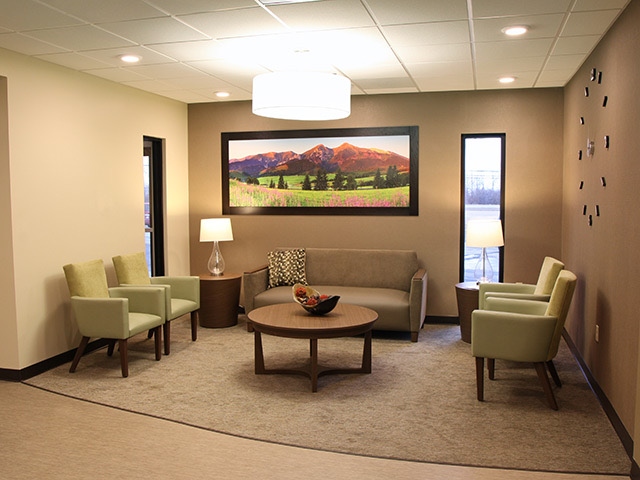A few years ago the wait times in the average emergency department in the U.S. was a little over 30 minutes. That may not sound like a very long time, but consider that people are there with cuts, breaks coughs and colds. As hospitals work to reduce those times, healthcare designers work to make the time spent in this space and others more comfortable.

Designing Waiting Rooms for Healthcare Environments
Waiting rooms are in hospital, clinics, doctors’ offices, and ambulatory surgery centers. The hospital furniture for waiting rooms in each of these spaces need to meet varying needs. Flexibility of design is very important, keeping in mind the different sizes and needs of people who visit. Bariatric seating, built for maximum stability and strength, should be integrated with regular sized seating throughout lobbies and waiting rooms to easily accommodate patients with generous proportions. Seating that is wide enough to accommodate a parent and a small child will serve a function in many healthcare waiting environments. A parent will appreciate the opportunity to sit close to children, particularly in a large and active lobby.

The Evolution of Hospital Interior Design
People are busy. They come to the hospital and doctor’s office to tend to their ills but they or their family members may need to remain connected. Seating options, which provide the ability to plug in to power or data connections, are no longer the wave of the future. People come to waiting rooms expecting to find these amenities. Specialty chairs and recliners, with heat and light massage provide comfort in rehab hospitals and cancer treatment centers.

Hospital Furniture for Waiting Areas
There are also smaller waiting spaces – areas designed for consultation and comfort. In these lounges, seating is expected to be less rigid, more relaxed. It is not uncommon to see round tables with chairs in these areas, provided for medical professionals and patients to discuss important matters of health face to face.

Durable and cleanable furniture in high traffic areas is essential
About a fifth of the population visits the ER annually. When designing for the healthcare areas where people will wait, it is important to think about the patients, family and staff and how they are all going to function in these waiting spaces. Consider aesthetics; but for the health of the millions who come in contact with that table or chair, focus on the fact that all furniture should be highly durable, easily maintained and cleanable.

